Do the French name their houses? House naming conventions in France
Are you looking for a sign to name your French home? Elinor Sheridan takes a look at house-naming and numbering conventions in France…
The Oxford English Dictionary’s fourth citation for the word ‘naff’, taken from a copy of The Sunday Telegraph in 1983, reads: ‘It is naff to call your house The Gables, Mon Repos, or Dunroamin.’
Further to that, in George Orwell’s 1939 novel Coming Up For Air, the main character complains about his neighbourhood in which houses are named ‘The Laurels, The Myrtles, The Hawthorns, Mon Abri, Mon Repos, Belle Vue’. Granted, he’s a rather bitter and pessimistic individual, but many share the same sentiments when it comes to house names, believing it to be tacky and a poor attempt at appearing to be of a higher social status. While for some people Rose Cottage evokes rural bliss, others consider it to be twee and common.
Given that half of the names he lists are French, it makes sense to research whether you’d actually see those names across the Channel in France.
House naming is not anywhere near as common in France as it is in the UK. Perhaps that comes as a relief to delivery drivers who can therefore rely on a numbering system instead of vague descriptions such as “go past the house with the blue shutters, turn left and continue until the communal bins – no, no, that’s the house with the dark blue shutters, I meant the one with the light blue shutters and climbing pink roses”.
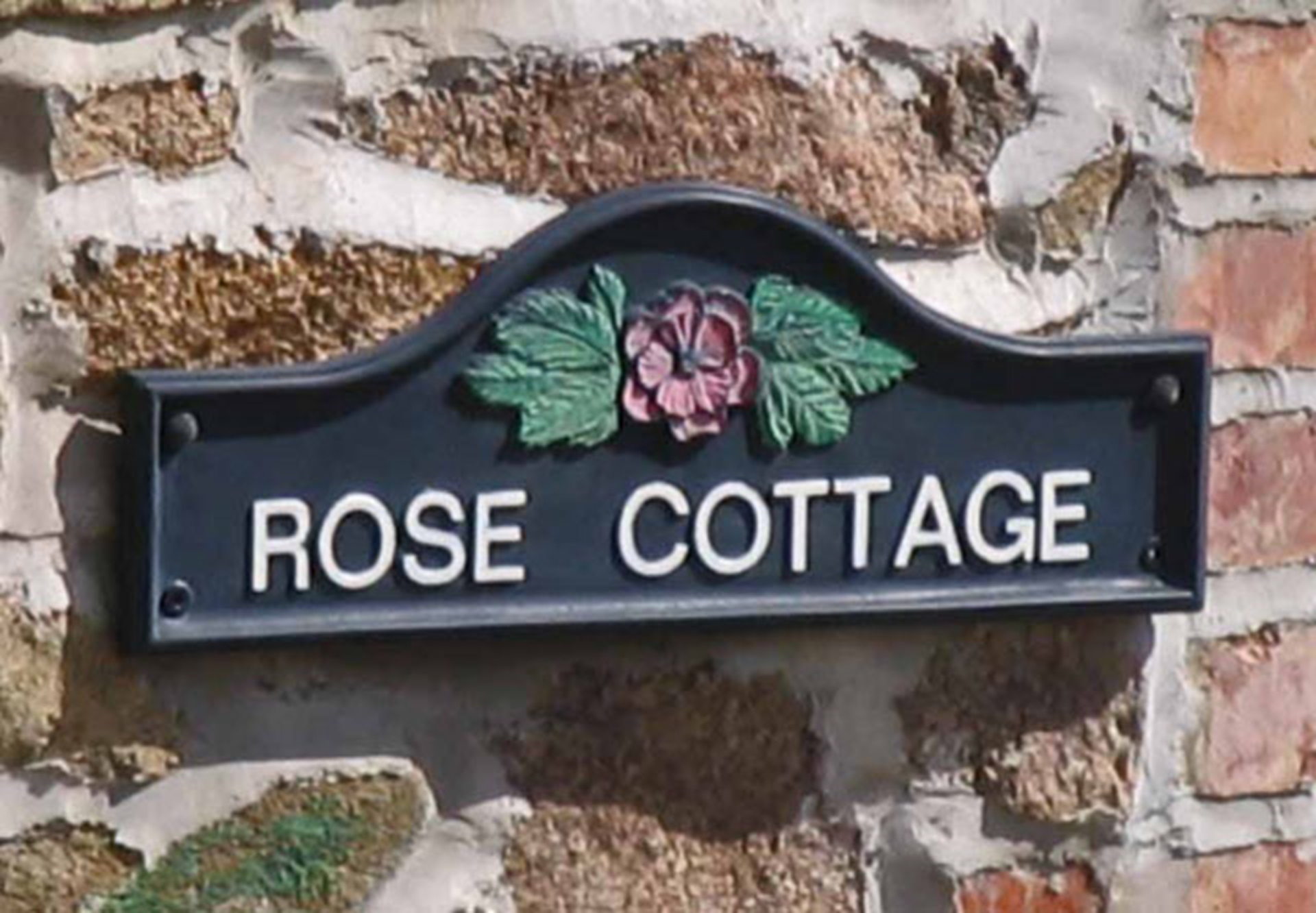
Rose Cottage sign, Photo: Andrew Tatlow
NUMBERS NOT NAMES
La Poste notes that ‘the number and the name of the street are essential for the quality of the delivery’, showing how a standardised system is integral to the proper and timely delivery of post. It is important to also consider the number of couriers who operate across the country, linked with the increasing popularity of online shopping, as parcel delivery workers often don’t have a set route that allows them to learn names or houses easily.
Alex Odell from MV Transport 79, which offers transportation services for anything from parcels to vehicles on both sides of the Channel, finds that addresses in the UK are much easier to find. “Postcodes are a great help in the UK, as they often bring you right to where you need to be and they don’t cover many houses,” he says, “whereas area codes in France are for a much larger area, meaning multiple villages and hamlets all come under the same postal code. That’s why it’s essential to have the hamlet name, a street or road name and the house number in addition to the area code.”
Postcodes in the UK are shared by an average of 15 houses, while in France an area code can easily account for many villages, hamlets and any rural properties within that prefecture.
Alex adds: “I recently spent a considerable amount of time searching for a house that ended up being on a side road that had no name. But the numbering of houses is definitely getting better, meaning less time spent asking random villagers if they happen to know where a house is.” Many communes, in particular rural ones, have no street names or numbers and therefore houses will share a ‘lieu dit‘ (known as) name for their hamlet or lane in which delivery drivers will need to remember who lives where.
It is not only delivery drivers who appreciate a clear address system, but also emergency responders, maintenance workers and any visiting guests. Delays of just minutes can prove fatal for sapeurs pompiers responding to emergency calls, and the last thing they need is having to knock on every door due to a lack of clear signage.
ADDRESSING ADRESSES
Mayors across France have been tasked over the past couple of years with establishing precise addresses within their municipalities using a Base Adresse Locale which is then registered on the Base Adresse Nationale (BAN) database.
Currently, only communes with more than 2,000 residents are required to provide a list of addresses, but many smaller communes are following their lead, and it might become compulsory in the future. In addition to the postal system and emergency response, another catalyst for the introduction of house numbers has been the implementation of fibre optic internet, with identification of addresses necessary to facilitate the distribution to all households.
Every lane and road will get a name and each house attributed a number, chosen by the local council and agreed with La Poste to ensure there’s no confusion. Numbers may well be introduced according to the ‘French system’ in which odd is on the left and even on the right, but it is to be decided by the municipality.
The provision of the signs and plaques are their responsibility, while their maintenance is from then on the responsibility of the inhabitants.
Traditional French number plaques tend to be dark blue with white text. First produced in 1847 by the ceramics manufacturer Fouque et Arnaux in St-Gaudens, Haute- Garonne, and introduced as part of the Haussmannian transformation of Paris, the porcelain enamel plaques are now iconic. Sally Green, owner of UK-based business FrenchBliss, saw a gap in the market when trying to find one for her own house, and thus began producing them herself, with some going to homes in France and many bought to bring a touch of France to homes in Britain. Sally has received orders of French- themed names such as Château Bob, and one ‘beware-of-the- dog’ sign that reads ‘Chien Lunatique‘ – and before you ask, no, I don’t know if it goes out in the midday sun with its Englishman…
Instead of being in sequential order with odd numbers opposite even numbers, in more rural areas house numbers often indicate their distance from a certain point, whether it be a junction, church, mairie or other point of interest. This allows for the introduction of new addresses in between existing ones, instead of a road having 12A or 38bis that could easily be miles from their neighbouring numbers. Having this distance- based number is incredibly useful for emergency services as they are able to establish the distance of the destination from a certain established point of reference.
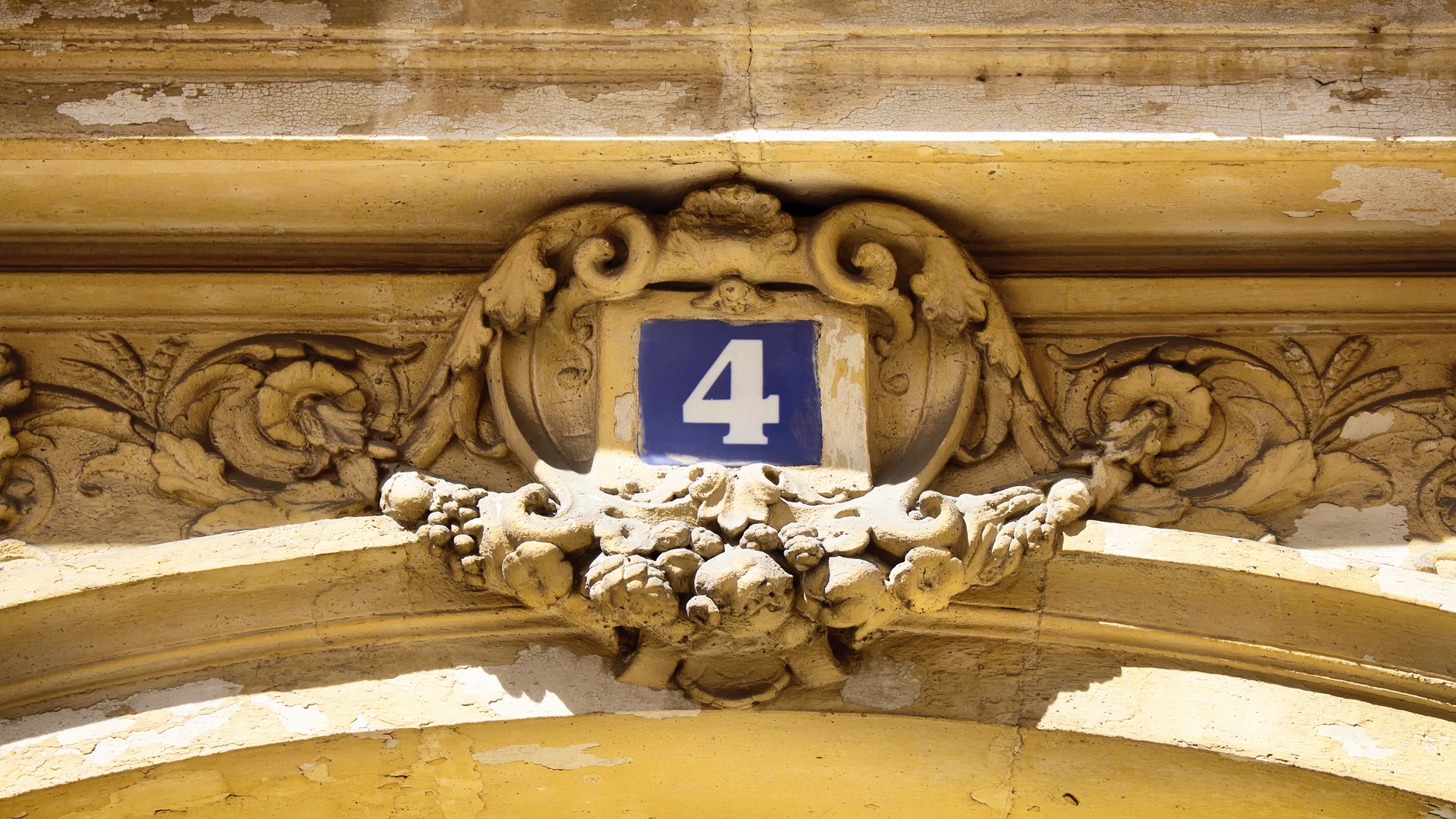
View Of Building Number, At The, Entrance Of One, Photo: Shutterstock
WHAT’S IN A NAME?
House names can have great informative value too; once you steer away from the more generic cheesy names, you’ll find ones that tell you more about the place or the people. Gary Middleton and his wife Jacqueline recently sold their house in Berrien, Brittany, with Agence Newton and are delighted that the new owners of their guesthouse will be keeping its name, Maison des Maquisards. A maquisard was a member of the maquis (literally ‘scrub’ in French), guerrilla groups that became an enduring symbol of the French Resistance during the Second World War.
The house is located on Rue des Maquisards in Berrien, and the name is a testament to the role that the village and surrounding communes played in the Resistance. Two of the 32 Resistance fighters condemned to death and shot at the Colombier barracks in Rennes on 8 June 1944 were from Berrien.
The dense forests and hilly landscape of Finistère formed a natural battleground for the Resistance fighters. A small hamlet just west of the village of Berrien was awarded the title of Premier Village Résistant de France after the liberation. Trédudon-le-Moine became a base of refuge for dozens of Allied airmen, Jewish families and hunted Resistance fighters who were pursued by the Gestapo, Militia and Vichy police. The name is therefore more than just a few words on a plaque; it honours those who once fought for and sacrificed their own freedom.
There are multiple Rues des Maquisard across France, including in Mulhouse near the German border and in Sete on the Mediterranean coast, and, of course, references to the Resistance in addresses are common, with a Place de la Résistance in both Boulogne- sur-Mer in the north-east and Biarritz in the south-west.
Gary and Jacqueline have learnt about the history of their home thanks to meeting the granddaughter of previous owners who told them that it was once the Hôtel de Ville (town hall) and a post office. Former uses of buildings are often referenced in names such as l’Ancien Presbytère, or the occupation of the owner will be revealed. This is more common in Brittany where ‘Ti’ or ‘Ty’ means ‘house’ (as it does in Welsh) leading to names such as Ti ar Pesketaer (fisherman’s house) and Ty Goff (house of the blacksmith).
A building’s features can also influence the name of a person. For example, in the Basque country, a common surname, Etxeberri, is derived from the words etxe (house) and berri (new) meaning new house. Similarly, the Basque surname Goikoetxea means ‘house up high’. Surnames linked to buildings were often used as a form of address, with Jacques Léglise likely living in the house next to the church and Michel Dupont living near to the bridge.
Names influenced by nature are common in the UK, and a considerable number of hamlets in Brittany are named after trees, with Kerderven meaning ‘oak village’.
NATIVE NAMES
A 1970 Guide des Noms de Maisons en Langue Bretonne compiled by Presse Universitaires de Bretagne divides Breton house names into categories such as descriptive names, geographic names and those that reference animals, plants and fruit.
The guide opens with a forceful introduction imploring people not to name their houses in Breton unless they understand the language. It ridicules the ‘tasteless linguistic cocktails’ of Ker-first-name and Ker-flower. It also mentions names that have been misinterpreted, such as An Trepas (the passage) becoming Le Trépas in French which means death, not a name many would like associated with their house! Another example is Kroazhent (crossing of paths) which becomes Croissant!
It is, therefore, recommended that if you wish to name your home in a language you aren’t familiar with, it pays to do some research. The booklet suggests you look at the deed and cadastral maps too, to ensure the property doesn’t already have a name.
ALL IN THE NAME
Author Lindy Viandier picked a beautiful name for her home, Les Libellules (dragonflies): “I chose the name due to the vast number of dragonflies that patrol the pond and garden. I felt just a number was too impersonal for such a pretty house.” It’s the only house in a hamlet of 50 houses which has a name, “maybe because I’m the only Brit,” she adds.
It is not an official name for the house as Lindy explains: “The name is only used in reference, and all mail is addressed to the number on the plaque.” Burgundy number plaques with cream lettering to match all the other houses were presented to them on their arrival to the commune, part of the new numbering of houses.
Although unsupported by figures, it has been suggested by some that a home with a name is more likely to have a non-local owner. La Poste notes that, ‘Despite a lack of statistics many holiday rentals have a name’, suggesting that maisons principales tend not to be named. This could raise a question of security, as a flower-adorned plaque with a twee name could potentially act as an invitation to those who might seize the opportunity to burgle an empty holiday home. Like many others, Lindy believes that “in general, particularly in the country, the postal worker knows who lives where”, and a good relationship with your facteur or factrice is important, noting that her post lady Corrine “will keep mail and parcels in her van if she sees we are not at the house and deliver it by hand when we are there”. Lindy and her husband “often leave tomatoes or courgettes from the potager in the mail box for her as she does not have a garden”.
Having that personal connection with a postal worker can be a lifeline for many, with La Poste’s introduction of Veiller sur mes parents, a service in which relatives can arrange for regular visits from the postal worker. The postal worker may be the only person that some people see during the day, and so can provide some welcome company. It therefore seems sensible to have a number plaque visible from the road, and if a name is chosen, it shouldn’t be confusing or inappropriate in any way. Whether it’s a naff name or not, it can have sentimental value or be descriptive and, of course, it is your home to name as you please. It can add a touch of character to your property, or reveal more about the history of the area or the inhabitants. Having a name might even help market your home if you’re offering it as a rental, with l’Ancien Presbytère sounding more attractive than 173 Rue de l’Église.
However, it is best to keep your official postal address as simple as possible to help delivery drivers, emergency services and maintenance workers locate your property without too much hassle.
FRENCH HOUSE NAME IDEAS
As there is no direct French translation of ‘cottage, the two most popular house names in the UK – The Cottage and Rose Cottage – cannot be translated
- The Barn-La Grange
- The Willows – Les Saules
- The Orchard – Le Verger
- The Gables – Les Pignons
- The Old Rectory – L’Ancien Presbytère
- The Mill-Le Moulin
- The Swallows – Les Hirondelles
- The Dovecote – Le Colombier
- The Poppy-Le Coquelicot
- Ivy House – Maison du Lierre
- Honeysuckle House – Maison du Chevrefeuille
- Snowdrop House – Maison Perce Neige
- Buttercup House – Maison Bouton d’Or
- Birdsong – Chant Oiseau
NAMES FROM REGIONAL LANGUAGES
Bring some local culture and history to your house with a name inspired by the regional language
- L’adrasso – Peak (Velay)
- L’Habitarelle – Refuge for travellers (Provence/Languedoc)
- Ayraults-House (Languedoc)
- Baito-House in vines (Languedoc)
- Cammas – Hamlet (Occitan)
- La Fruitière – Cheesemaking house (Jura/Alps)
- Salette – Little house (Alpes-de-Haute-Provence)
- Biste – Viewpoint (Hautes-Pyrénées/Occitan)
- Mirail – Beautiful view (Old French)
- Oustau-Beautiful house (Gers/Gascony)
- Bérigoulièro – Where mushrooms grow (Languedoc)
- Assouladé – Place to relax (Hautes-Pyrénées)
- Boupilhère – Where there are foxes (Hautes-Pyrénées)
- Espigarié – Where lavender grows (Provence)
The unique mix of legal, financial and tax advice along with in-depth location guides, inspiring real life stories, the best properties on the market, entertaining regular pages and the latest property news and market reports makes French Property News magazine a must-buy publication for anyone serious about buying and owning a property in France.
Lead photo credit : French House Names
Share to: Facebook Twitter LinkedIn Email
More in House names, living in france
Leave a reply
Your email address will not be published. Required fields are marked *

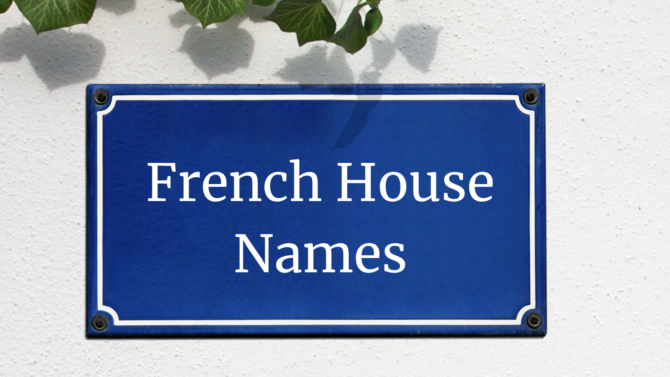

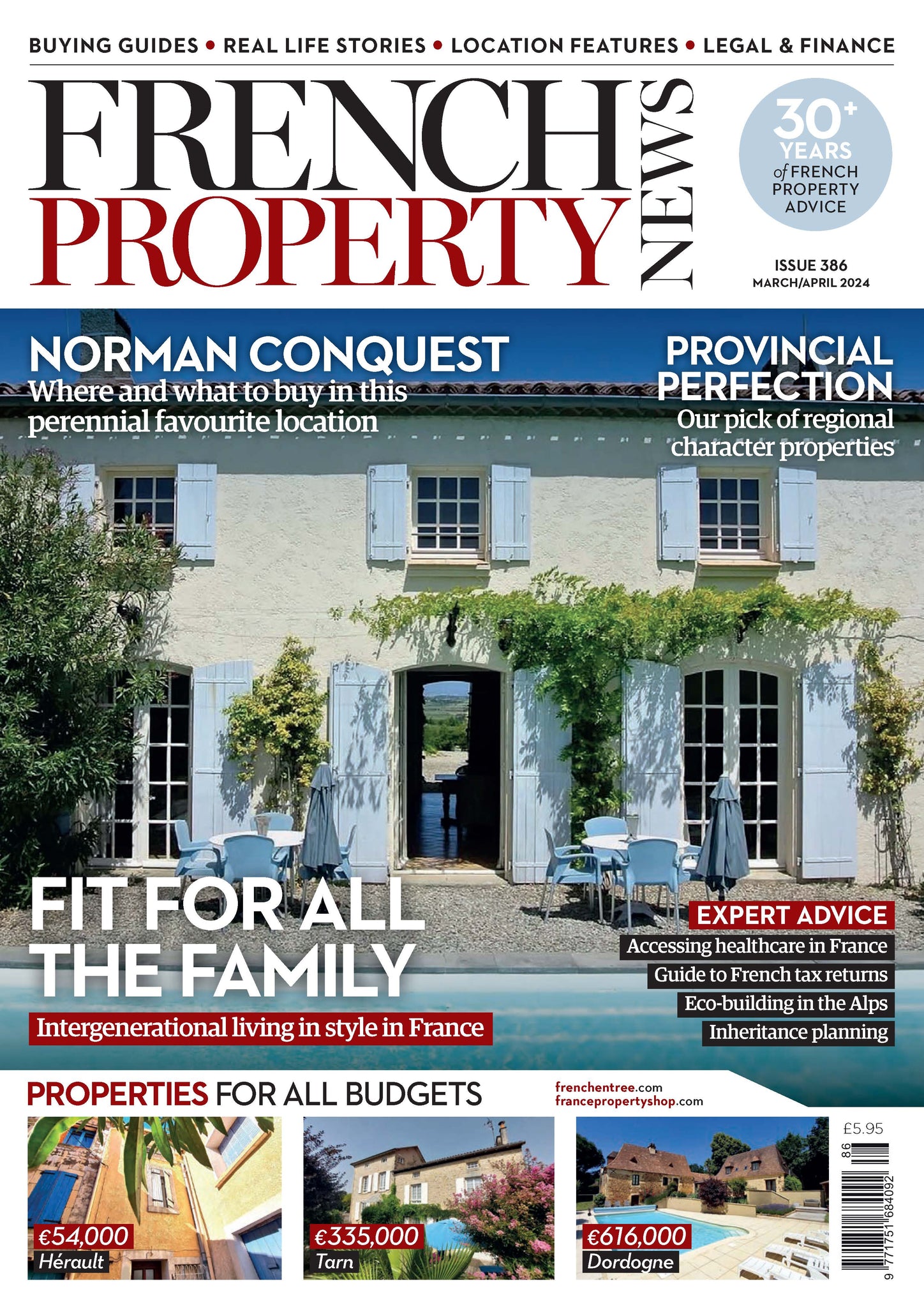
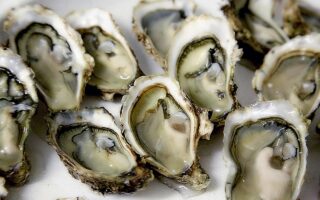
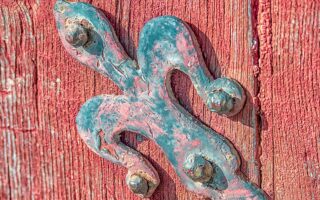

REPLY